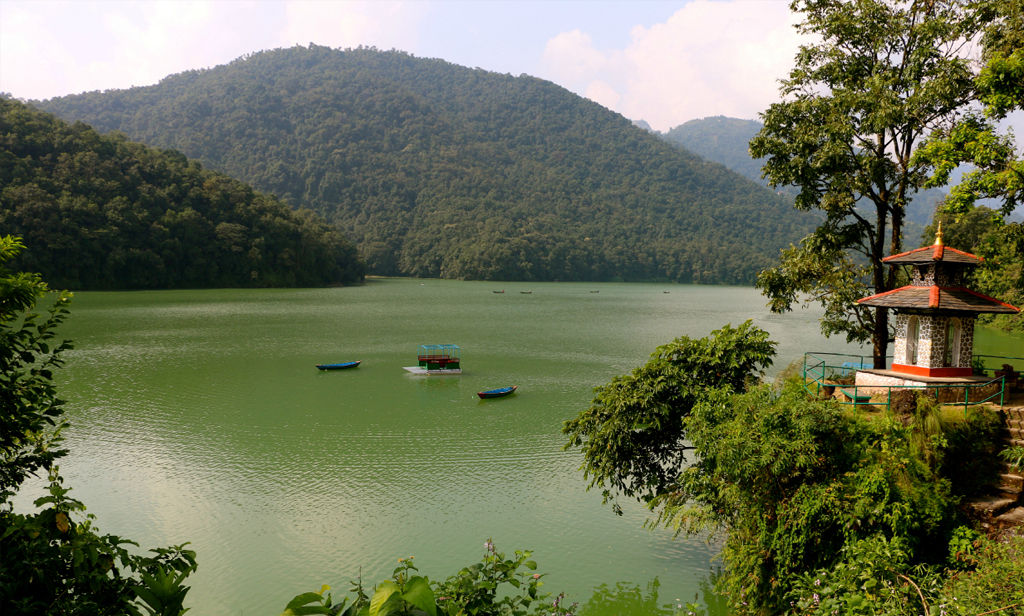Green Economy

Although there is no unified view among the policy makers and development experts on what represents and drives a Green Economy and what it means for the least developed and mountainous countries such as Nepal, the concept is however, very pertinent in the context of rapid climate change and unsustainable development that are the hallmark of poor countries. There is a general agreement that green economy provides opportunities for developing sustainable, resilient, and inclusive livelihood solutions.
For a forest rich country like Nepal, as the fossil fuel-based and import oriented consumerism based economy can be neither growth oriented today nor sustainable in future. It is likely that green economy could be a good a good vehicle to move toward sustainable development goals (SDG), especially in mountainous and fragile ecology and economy. However, there is a need to develop specific strategies and action plans to implement green and low-carbon economic activities. First and foremost, there is a need to develop a national policy and development strategy to use green economy to achieve poverty reduction and sustainable development. This calls for developing Green Growth Strategies and Action Plan for each country.
Since the economic growth rate has to be sustained and remain inclusive while reducing poverty through sound development plans and programs, participation of all stakeholders including poor and enterprising rural and urban communities and supported by government, non-government and donor agencies. There are numerous challenges in adapting to and adopting Green Economy policies in a poor country like Nepal. Capacity and skill development, technology adaptation, transfer, and retrofitting to suit Nepal’s hilly and mountainous terrains and low income economy, stepped-up investment in processing and value addition of green products and of course adapting to and mitigating against the effects of climate change and climate variability are some of the major challenges.
Notwithstanding these constraints, green economic policies and programs can be means to achieve sustainable development in the underdeveloped and mountainous regions. There is a need to document good case studies for drawing lessons so that future green growth pathways and strategies can be charted in a flawless manner and scaling up of the success to create bigger impacts can be achieved without a huge investment and at the cost of existing economic growth. Finally, effective and outcome oriented implementation will require multi-disciplinary planning, interdisciplinary implementation, and effective and participatory monitoring and evaluation.
